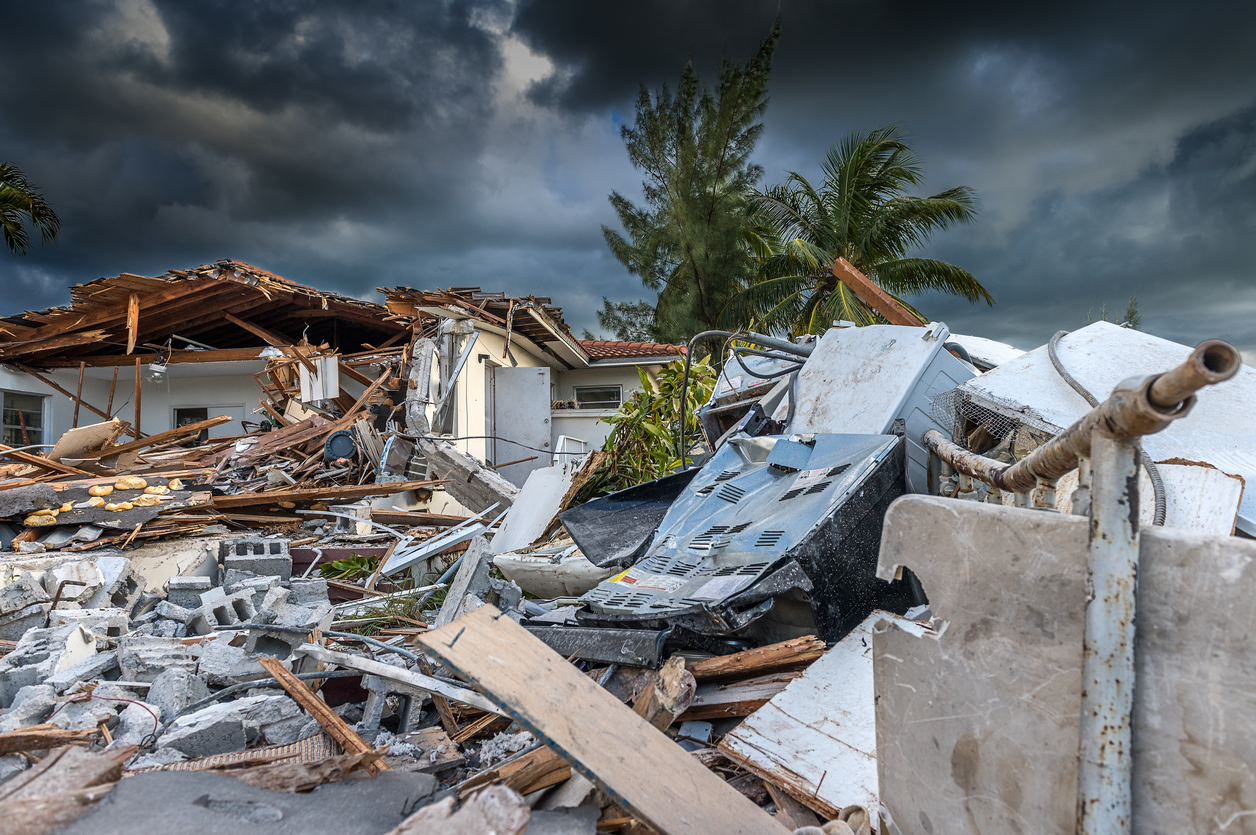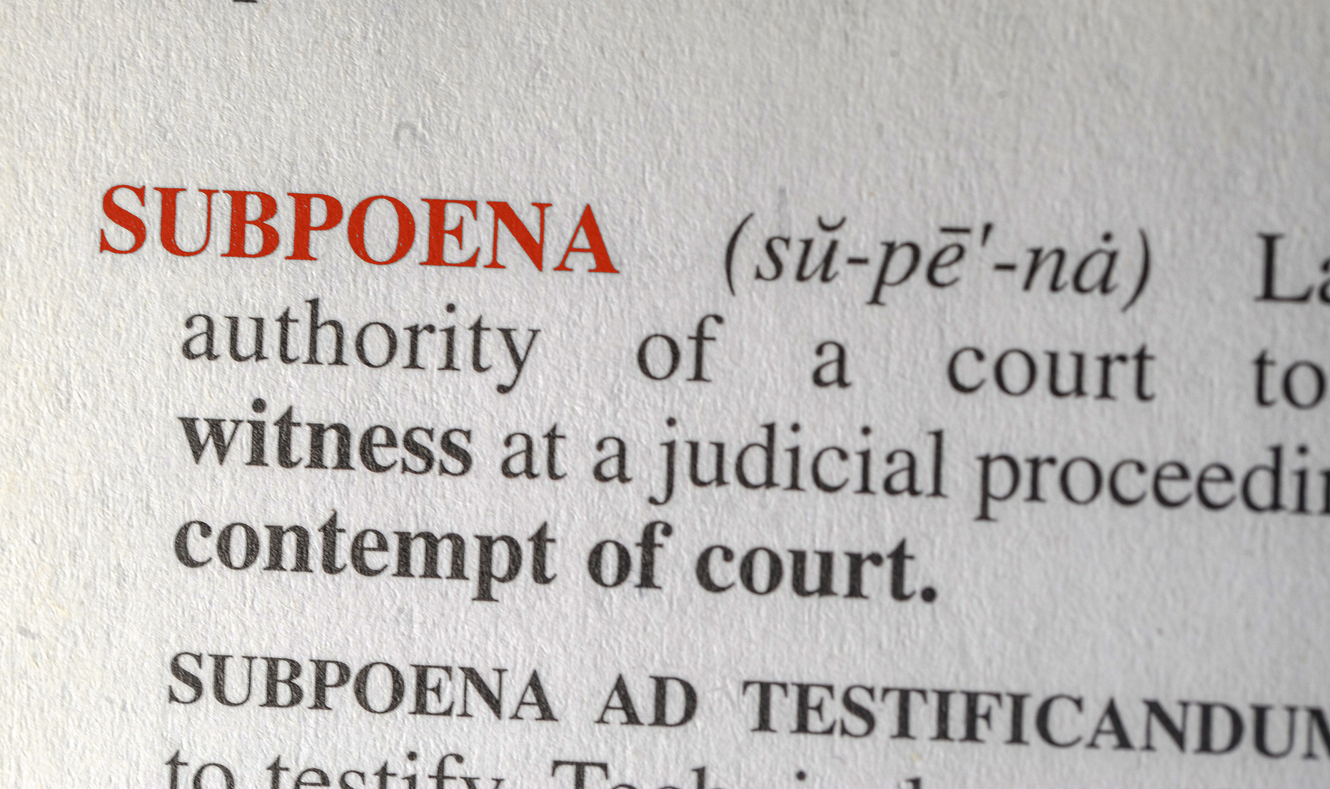The insurance business constantly changes. I have often referred to it as a gambling operation, with the insurance industry making the rules–subject to possible state regulation. There is a definite trend of Big Insurance abandoning its customers in geographic areas where a large catastrophe is more likely. They are doing this based upon an economic concept of Enterprise Risk Theory, where the insurer wants to prevent large and unknown losses from occuring. Those insurers are increasingly using computer generated models of catastrophes to decide in which areas they want to stop selling policies.
The Wall Street Journal ran an excellent article detailing the controversial use of these models. Overall, the property/casualty business has been very lucrative. Even following Hurricanes Dennis, Katrina, Rita and Wilma in 2005, the insurance industry made over $40 billion (after paying out over $60 billion in catastrophic claims). The industry made about $60 billion in 2006 and 2007, when the number of catastrophes was relatively small. The main point is that even in the most severe catastrophe seasons ever, 2004 and 2005, the property and casualty industry profited approximately $70 billion. Despite these profits, the biggest insurance companies are getting out of the insurance business in areas where their models predict the possibility of a large loss. I call it "Geographic Redlining," similar to the illegal discriminatory redlining large insurance companies did to minorities before laws were passed to prevent those discriminatory practices.
Geographic Redlining allows insurers to insure only where there is a very small chance of a catastrophic loss. It would be like allowing a health insurer to not insure women of child bearing years, smokers, and those over 50 years of age. While society would never allow health insurers to do that, we are allowing property insurers to do it through the use of their models. They want the sure thing and avoid risk — strange since they are in the risk business. The bottom line for policyholders is that the new models lead to insurance getting a lot more expensive if your property is anywhere hurricanes, tornadoes, earthquakes, or wildfires are more likely, and may find it difficult to obtain any coverage from any carrier. Most will be placed with a state-run insurance plan of last resort.



